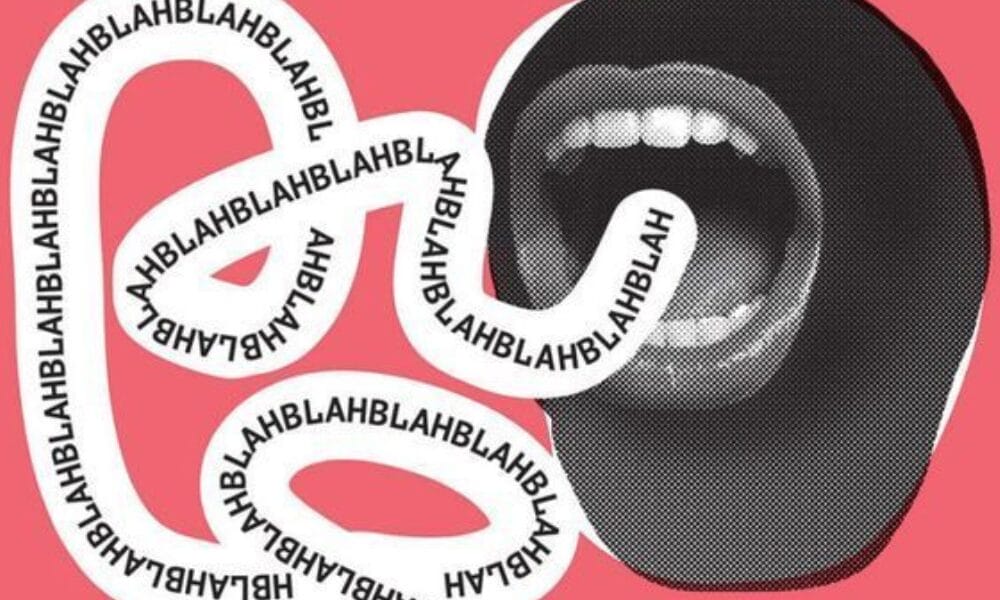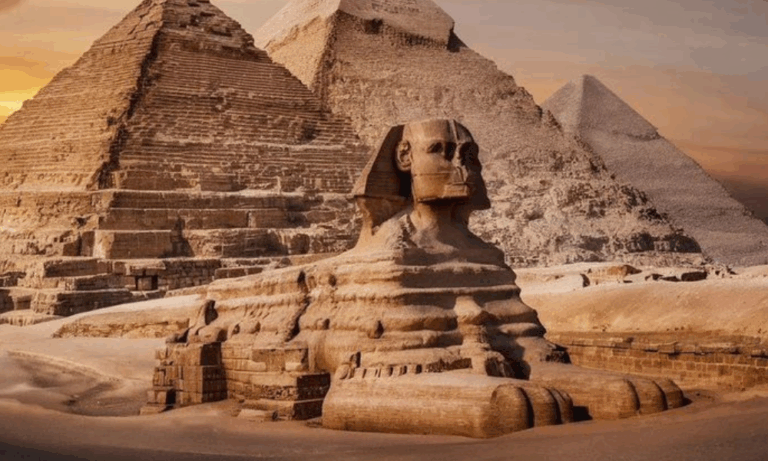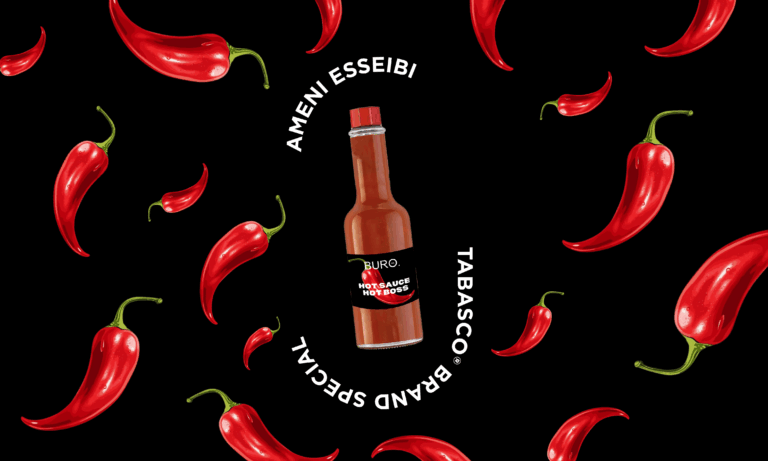These ancient tongues have survived wars, empires, and technological revolutions to tell the story of humanity. From poetic verses to religious texts, the top 10 oldest languages in the world are more than just words—they’re living pieces of history. Let’s uncover their stories!
1. Sanskrit: The Ancient Rockstar
With roots going back to 1500 BCE, this “language of the gods” has been around longer than some countries. Known for its perfect grammar and melodious sound, Sanskrit is still studied by language enthusiasts and spiritual seekers alike. Bonus? It’s the ancestor of many South Asian languages.
2. Tamil: The Timeless Wonder
If languages were fashion, Tamil would never go out of style. Spoken for over 2,000 years and still going strong, it’s like the ultimate trendsetter of the Dravidian family. With its ancient Sangam literature and millions of speakers today, Tamil is proof that some classics never fade.
3. Greek: The OG Thinker’s Language
Philosophers like Socrates, Plato, and Aristotle didn’t just dream up life-changing ideas; they did it all in Greek. This language has been around for more than 3,400 years, from epic tales like The Iliad to modern-day conversations in Athens. Smart and stylish? Yes, please.
4. Hebrew: Ancient Roots
Hebrew dates back to around 1000 BCE, making it one of the oldest languages still in use today. Known for its presence in ancient texts like the Torah, Hebrew has a rich historical and cultural legacy. It continues to be studied and used worldwide, proving its timelessness.
5. Chinese (Old Chinese): The Dynasty Whisperer
Chinese isn’t just one of the oldest languages; it’s a dynasty on its own. Tracing back to around 1250 BCE during the Shang Dynasty, Old Chinese laid the groundwork for what would become the most spoken language in the world today. Those characters? They’ve seen some things.
6. Latin: The Eternal Drama Queen
Latin might not have any native speakers anymore, but don’t let that fool you—it’s everywhere. This 700 BCE classic gave birth to the Romance languages (hello, Spanish, French, and Italian!) and still haunts science and law textbooks. Latin is the original overachiever.
7. Arabic: The Poetic Prodigy
Arabic burst onto the scene around the 4th century CE and quickly became a superstar. Known as the language of the Quran, it holds a special place in history and culture. With its stunning calligraphy and lyrical flow, Arabic has inspired poets, philosophers, and artists for centuries. It’s not just ancient; it’s timeless; and still spoken by millions around the globe today!
8. Aramaic: The Ancient Linguistic Glue
Aramaic was the “it” language of the Middle East around 1200 BCE, spoken by everyone from traders to emperors. It even made guest appearances in religious texts and historical records. While its role has shrunk, small communities still keep this ancient tongue alive.
9. Farsi (Persian): The Poet’s BFF
Farsi isn’t just a language; it’s a vibe. Emerging around 500 BCE, it has been the darling of poets and thinkers for centuries. From ancient Persia to modern Iran, Farsi continues to enchant with its lyrical beauty and cultural richness.
10. Coptic: The Language That Bridges Eras
Coptic may not be winning popularity contests today, but back in the day, it was the go-to version of ancient Egyptian. Rooted in the scripts of the Pharaohs, it’s now mainly used in religious contexts. Still, its history screams ancient glam.
Languages come and go, but these 10 oldest languages in the world have shown serious staying power. They’ve survived wars, empires, and cultural shifts, proving that the words we speak today are deeply connected to the past. Feeling inspired to learn one? Start with Sanskrit or Tamil—they’ve been around long enough to deserve your attention!
Want to learn languages? Check out Preply!




